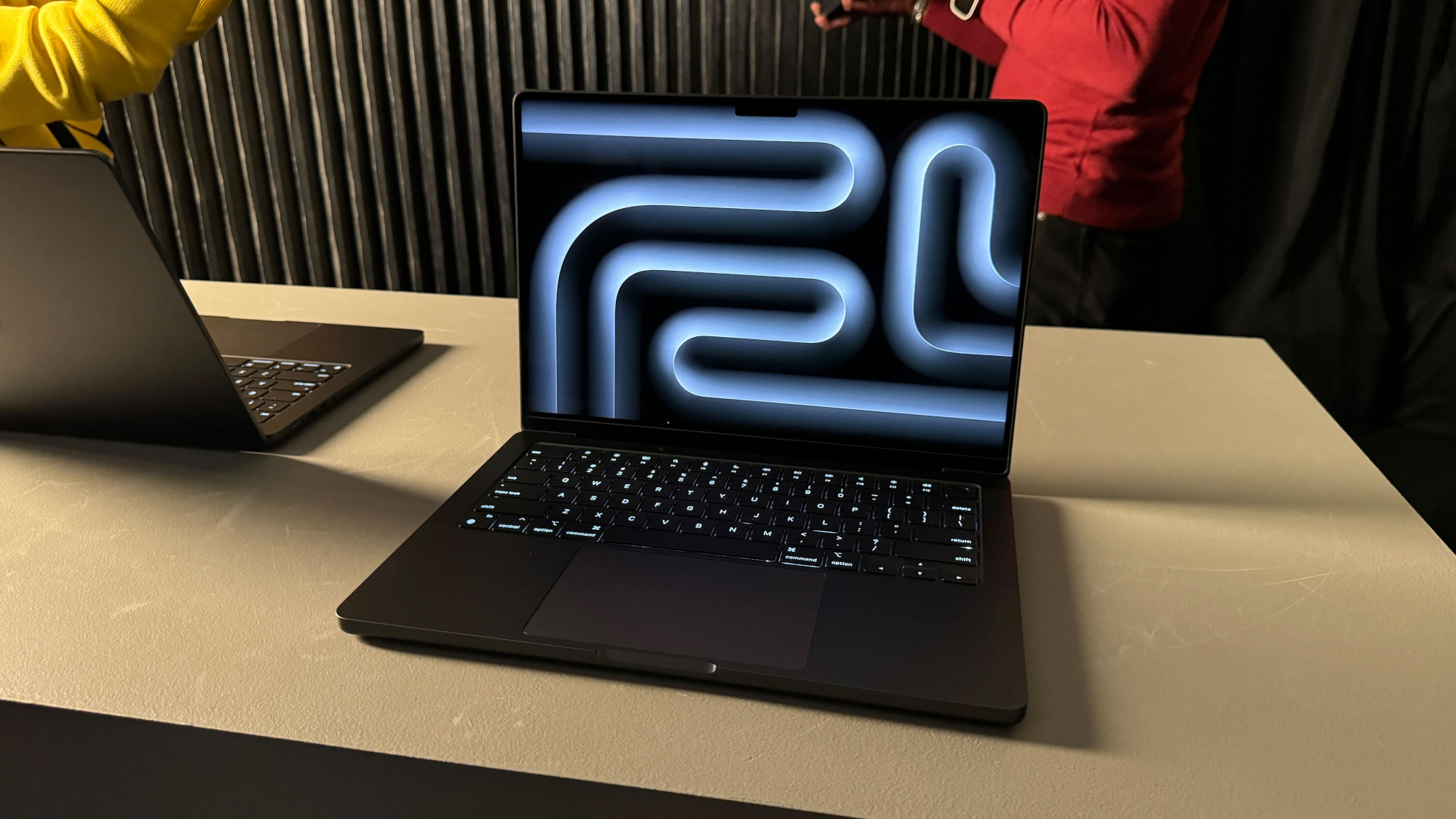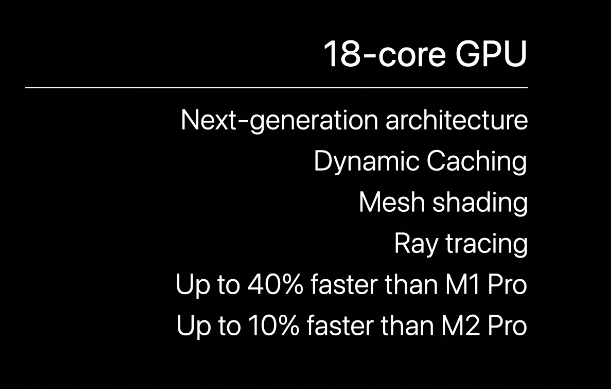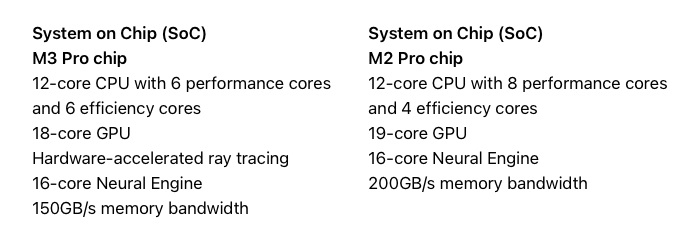Got M2 Pro MacBook Pro buyer’s remorse? Don’t waste your money on M3 Pro — here’s why

I felt that same heartbreak a lot of M2 Pro MacBook Pro users felt when Apple introduced the M3 Pro MacBook Pro. We just bought these laptops at the beginning of the year, thinking it would be a while before we saw anything new.
But yet, the Cupertino chums just straight up Old Yeller’d the machine with a new 3nm chipset, which the presenters spent 30 minutes bragging about. Way to rub it in, and really give us all that buyer’s remorse of knowing that we could’ve just waited a few more months to get something even better!
Even worse is that Apple just had to introduce a drop dead gorgeous Space Black finish, which I’m looking at like a dry Spongebob staring longingly at water. But I’ve had a few hours to go through the various stages of grief and do some of my own research, which has drawn me to one conclusion — you don’t need to buy what looks like the kind of MacBook Batman would use.
It comes down to three reasons. Two of them aren’t a massive surprise, but one discovery has me convinced that this isn’t totally me trying to inhale some serious copium.
The gains are small

I mean you saw the event, right? Apple made very sure that nearly all the performance comparisons used were to M1 and Intel-based Macs. That doesn’t mean the company didn’t put these M2 Pro comparisons up on-screen, so let’s go into exactly what extra you’d get for shilling out two stacks.
The GPU is only “up to 10% faster” than M2 Pro, “filter and function performance” in Photoshop is just 7% faster, and “text-based editing” in Premiere Pro is 10% quicker. That’s not to say there are some sizeable graphical improvements here, as Apple was quick to tell us all about the new features including Dynamic Caching, hardware-accelerated mesh shading, and hardware-accelerated ray tracing.
But look through the reality distortion field here, and you’ll see that the gains really aren’t as big if you did settle for M2 Pro.
Get instant access to breaking news, the hottest reviews, great deals and helpful tips.
There are actually some downgrades (on paper)

This is a surprising one, and there’s a big difference between seeing a spec on paper and how it translates into real-world use. But bear with me, as there are some specs that show Apple has downgraded M3 Pro in comparison to M2 Pro.
Let’s go for a like-for-like comparison with the M2 Pro I use — sporting a 12-core CPU and 19-core GPU. You’ll notice three things when you go into a spec-by-spec breakdown:
- There are two less performance cores on M3 Pro when compared to M2 Pro
- The GPU on M3 Pro has one less core
- Memory bandwidth of M3 Pro is down to 150GB/s when compared to the 200GB/s of M2 Pro
How much these actually play into performance differences is a question we’ll have to answer with our in-depth testing, but this is a step down in pure numbers. As WCCF Tech mention, these changes to core count could boost battery life, but it does contribute to that mere 10% difference between M2 Pro and M3 pro.
Trade-in is still pricey

Let’s say you drank the kool-aid, and you’re all in on bagging an M3 Pro MacBook Pro. The first thing you’ll want to do is trade in your previous machine. Running mine through the system shows me I can get $1,235 credit towards the new Pro, which still means I’m coughing up $764 additional for the new system.
The situation is even worse in my homeland of the UK — given the prices are still quite a bit higher than those Stateside. With a trade-in value of £1,030, I’m spending over a grand to get the comparable M3 Pro laptop.
I appreciate the flexibility of being able to trade-in my laptop and get a chunk of cash off the latest and greatest, but that’s spending nearly $3,000 in total over the course of two laptops for just a 10% performance boost. All I’ll say is think carefully before you fall in love with the Space Black finish and end up even more out of pocket.
More from Tom's Guide

Jason brings a decade of tech and gaming journalism experience to his role as a Managing Editor of Computing at Tom's Guide. He has previously written for Laptop Mag, Tom's Hardware, Kotaku, Stuff and BBC Science Focus. In his spare time, you'll find Jason looking for good dogs to pet or thinking about eating pizza if he isn't already.
